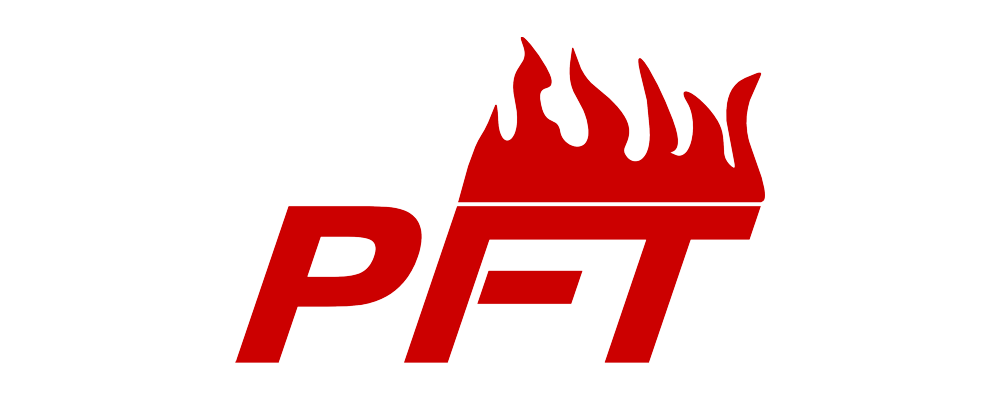AVIATION
Aircraft Fire Training - Civil
ICAO regulations require real fire training on aircraft most frequently landing at any given airport. This means that a “mock up” is normally created to incorporate key features of aircrafts most frequently utilizing that airport and the size of the fire training facility depends on the category classification of an airport. We work very closely with the aircraft manufacturers to ensure that all dimensions, location of key safety devices and operation of emergency doors, hatches etc are as per original. We can simulate any type of fire scenario! For example:
- Wheel and brake
- Main engine
- APU
- Wing tank
- Cabin seat
- Overhead bin
- Galley
- Toilet
- Cockpit
- Cargo fire
Aircraft Fire Training - Military
Your investment in your air crew is very high indeed and it is vitally important to train fast and effective crew extrication to ensure their survival in the event of aircraft fire. We work closely with the aircraft manufacturers to ensure that the extrication techniques that may be applied are correct and effective. Addition of live armaments complicates the situation greatly of course and the risk of ignition of the armaments cannot be over emphasized. It is vitally important to know how to prevent ignition of these armaments and to minimize the risk of catastrophic collateral damage and injury to any surrounding aircraft, crew and structures. Without doubt, this is one of the most serious and demanding applications of our technology. Design of the Hot Fire Training System must be very specific to the aircraft and armaments likely to be encountered. Military Aircraft and Helicopters offer their own unique problems because of the use of light and flammable metals. A simple type, Class A or B fire can rapidly degenerate in to a Class D fire with potentially catastrophic consequences. Combine this with the possibility to have to deal with on board armaments and you have a major challenge to any firefighting team. Adequate training to ensure fast and effective firefighting technique is essential to prevent serious loss of life and high collateral damage.
Helicopters, Light Aircrafts & Fire Screens
Helicopters offer special challenges to fire fighters because of the extensive use of light and flammable metals in their construction and complexity of their electrical systems. Speed and accuracy of the firefighting technique is of the essence to prevent such a catastrophic degeneration of the fire. To save cost, a Helicopter Fire Trainer can be combined with a Light Aircraft Fire Trainer as a so called “Cesskopter” to simulate also turbo-prop fires. Quite often, a “Fire Screen” is used to train the speed and accuracy of application of foam thrower operators.
Aircraft Crash Trainers and Fuel Spill
Aircraft Fire Trainers need not simply be “mock ups” of intact aircraft. The Aircraft Hot Fire Training System can incorporate such features as broken wing, detached engine fire, and tilted fuselage to make passenger extrication more challenging. Creating a safe and realistic fuel spill is not easy. We use Liquid LPG and the patented water bath technology to create a realistic fuel spill whilst reducing by more than 1/3rd the gas consumption. It is a very important factor when considering the maintenance and operational costs of the Training System and a significant reduction in the required LPG storage thus reducing cost of initial system outlay. The fuel spill is highly realistic and flame height can be easily adjusted. The fuel spill is broken in to sectors which can be ignited singly or simultaneously or one after the other to give the impression of a spreading fire. Typically, a fuel spill channel will run from under the wing / wing engine to the main fuel spill sectors, enabling the fire to apparently spread from the wing to simulate a ruptured wing tank. As for all of our training systems, the whole operation is computer controlled with pre-programmable fire training scenarios. Environmentally friendly, non-toxic smoke may also be introduced to add realism. We can monitor the volume of extinguishing agent aimed at the fire and monitor the temperature drop over time and allow the fire to spread should an incorrect technique be applied. From a design point of view, it is very important that the fuel spill baths be exactly level with the correct location of pilot burners and main fuel supplies. To ensure a safe and correct design, PFT should be in close touch with the consultant or Civil’s contractor from the earliest stage.
Aircraft Cabin Crew Trainer
The modern commercial aircraft is a very complex machine indeed with multiple potential sources of fire. The earlier the point of ignition can be located and the fire tackled, the greater the chance to extinguish the fire and minimize damage, injury or even worse. Consequently, the cabin crew must be trained to be able to locate, identify and deal with all possible sources of fire in the most expeditious way. We use realistic Cabin Trainers which incorporate various indicators of the initial signs of a fire such as, heat, smoke and sound. These are designed specifically to train the crew to quickly locate the source of the fire and then select and apply the correct firefighting technique. The actions of the trainees are clearly visible to the Instructors, who may intervene at any time to correct their technique. The training scenarios can be varied and expanded to gradually increase and test the level of ability of the students. The result is a fully trained crew that is competent, confident and capable. When it comes to train to actually fight a real fire, we can design and provide a dedicated Fire Training System or perhaps use a mobile Fire Training Pan and we can incorporate our simulated Fire Extinguisher System to significantly reduce costs and problems associated with the release of real fire extinguishers.




1.jpg)

